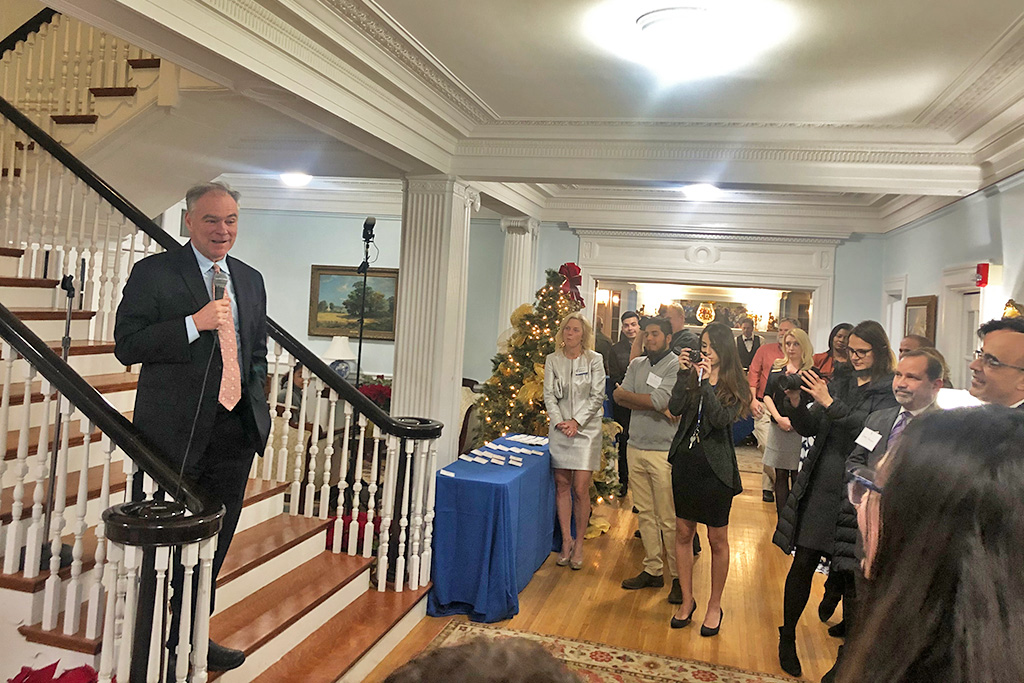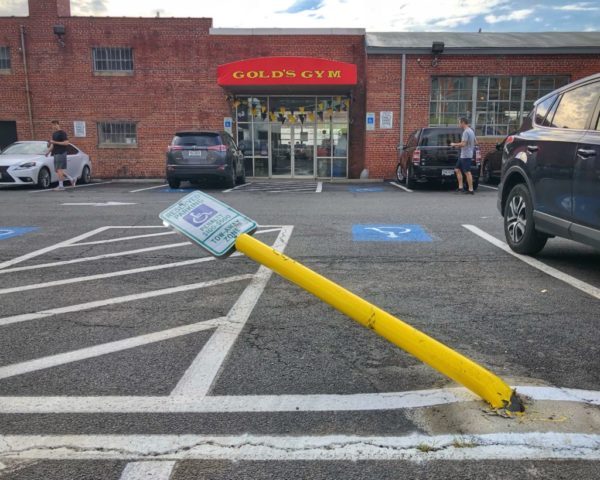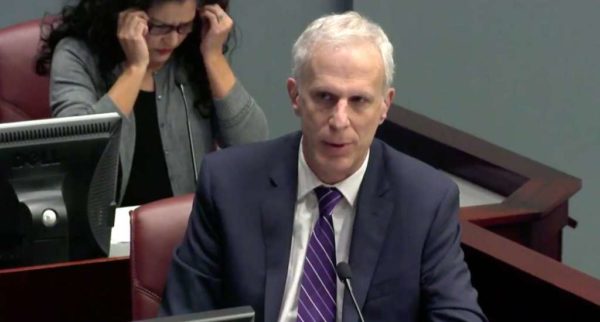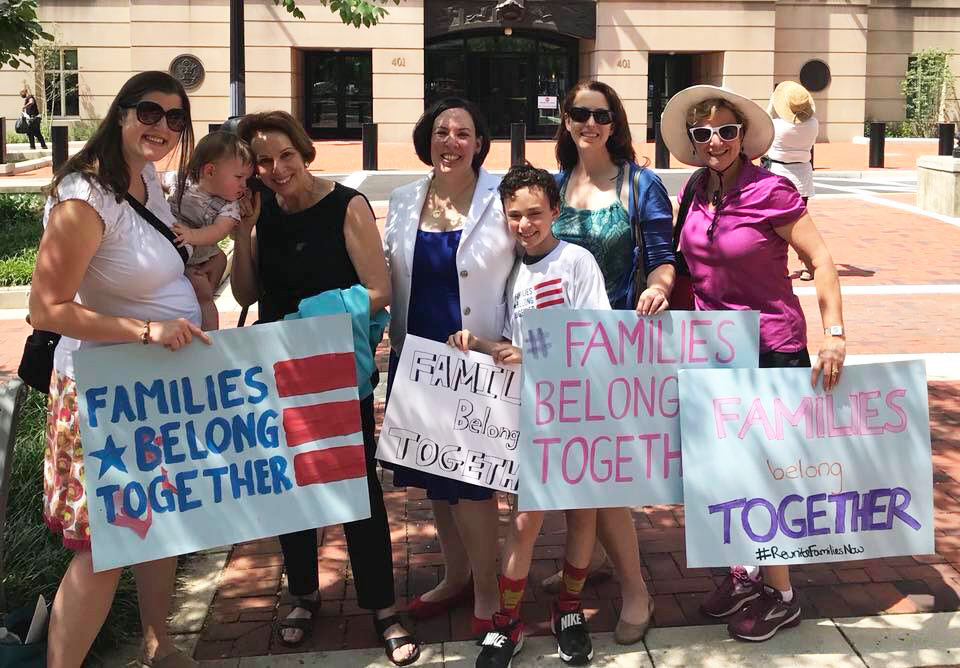This sponsored column is by James Montana, Esq. and Doran Shemin, Esq., practicing attorneys at Steelyard LLC, an immigration-focused law firm located in Arlington, Virginia. The legal information given here is general in nature. If you want legal advice, contact James for an appointment.
It is an underappreciated fact that immigrants, not taxpayers, foot the bill for the bureaucratic machinery of the U.S. immigration system. And it is a big bill. The annual budget of US Citizenship and Immigration Services is $4.8 billion. Ninety-seven percent of that is funded by immigrants themselves.
The Department of Homeland Security periodically reviews USCIS fees to make sure that its income keeps up with its costs. The newest review, which is up for public comment until December 16, imposes large increases on the most common types of immigration applications. For example, an ordinary green card application packet, with applications for interim benefits, currently costs $1,225. The new price is $2,195. An ordinary application for citizenship currently costs $725. The new price is $1,170.
On the whole, prices are set to increase by about twenty percent across all application types, but the pain will be concentrated, for reasons unclear to us, on ordinary individuals applying for benefits. Businesses face much smaller price increases. In addition, applicants for asylum will be required to pay a fee — for the first time in U.S. history — and the government will demand that asylum seekers pay $490 for their first work permit. How to pay for a work permit without working legally is unclear to us; in practical terms, the government is simply demanding that asylum seekers work without permits.
The why of government action is not always easy to discern. USCIS’s own report suggests that the reason for the fee increases is threefold:
- Transfer of funding from USCIS to ICE. In short, green card application fees are being used to pay for immigration enforcement, including detention and removal operations.
- Pay increases for existing USCIS staff and additional hiring.
- Increased administrative overhead and vetting costs.
These justifications aren’t particularly persuasive. Fees increased by twenty percent in 2017 and are set to increase by another twenty percent in 2020. The USCIS budget was $3.3B in 2017. The USCIS cost projection for fiscal year 2020 is $4.6B. During this period of lavish budget increases and moderate workload growth, USCIS has, by its own admission, gotten worse and worse at processing applications in a timely way. Year-long backlogs have become the new norm.
There are plenty of conscientious public servants at USCIS. We want them to have the resources they need to adjudicate requests fairly, quickly and securely. But the burden of paying for it should be more evenly distributed, and immigrants should be able to get answers in months, not years, for ordinary benefits requests.
In these challenging times, even minor mistakes on immigration applications can have expensive consequences and cause a long process to be delayed even further. We’re here to help.















